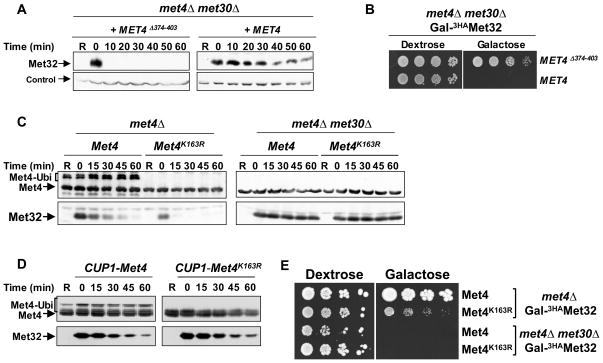Figure 4. Met32 degradation by SCFMet30/Met4 is independent of Met4 ubiquitylation.
(A) Met4 binding blocks degradation of Met32 by the second degradation pathway. met4Δ met30Δ double mutants expressing GAL1-3HAMet32 and harboring centromeric plasmids expressing either wild-type Met4 or Met4Δ374-403 under control of the MET4 promoter, were analyzed for Met32 stability as described for figure 1B.
(B) The Met4/Met32 interaction is required for induction of cell cycle arrest. Serial dilutions of the yeast strains indicated were spotted onto either dextrose (Met32 expression off) or galactose (Met32 expressed) plates. Plates were incubated at 30°C.
(C) Met32 degradation by SCFMet30 is independent of Met4 ubiquitylation. Experiments as described for panel A except that the centromeric plasmids expressed Met4 and Met4K163R.
(D) Overexpression of Met4 or Met4163R stabilizes Met32. Experiment as in panel C except that Met4 and Met4163R were overexpressed from the CUP1 promoter, which was induced by addition of 25μM CuSO4 to the growth media.
(E) Stabilization of Met32 is important for cell cycle arrest. Serial dilutions of cells as indicated were spotted on dextrose containing (Met32 expression off) and galactose containing (Met32 expressed) plates and incubated at 30°C.

